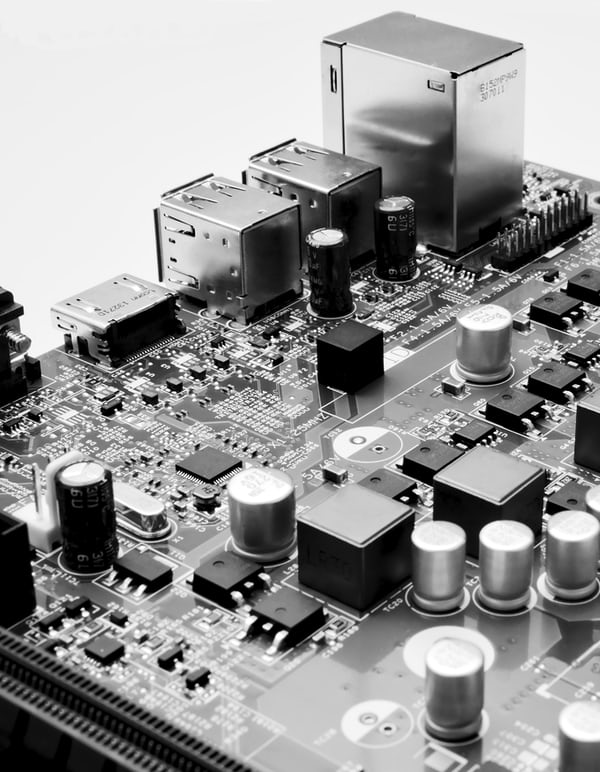The polymer memory technology promises to store more data at a lesser cost as compared to the expensive silicon chips.
We use it in popular consumer gadgets including smartphones, digital cameras, and other electronic products.
Moreover, some advances in this new technology are promising new methods for accessing more efficient storage hardware and stored data.
Polymer memory incorporates new memory innovations that use conductive polymers instead of silicon-based constructs to store data.
A polymer known as PEDOT (polyethylenedioxythiophene) is an unusual plastic since it conducts electricity at low voltage.
However, it makes this polymer suitable for anti-static coating in various industrial processes.

How Does Polymer Memory Work?
The fundamental principle behind the Polymer based memory is a dipole moment. And, polymer chains possess it.
Therefore, polymer shows differences in electrical conductivity and when an electric field is applied polymer local dipole is set up.
This memory technology stores information in an entirely different manner than silicon devices.
It stores data based on the polymers electrical resistance. Each memory cell as polymer sandwiched between the two electrodes.
To actuate this cell framework the voltage is applied at the top and bottom electrodes.
polymer keeps up its state until a field of opposite polarity is applied to raise its resistance back to its original level. So, the distinct conductivity States constitute bits of data.
Features of Polymer Memory
- Data stored by changing the polarization of the polymer between metal lines.
- Zero transistors for every bit of storage.
- Memory is Nonvolatile.
- Basic preparing, simple to coordinate with different CMOS.
- Operating temperature ranges between – 40 and 110°C.
- No cell backup control or refresh required.
Advantages
- Plastic memory is quick. Thus, it provides quick read and write speed.
- Low power utilization.
- Memory is Nonvolatile.
- Easy to manufacture.
- It requires far less transistors, commonly just 0.5M (million) for 1GB of storage capacity contrasted with silicon’s 1.5-6.5B (billion).
Limitations
Most importantly, turning polymer memory into a commercial product won’t be easy.
Because, memory technologies compete not only on storage capacity but on speed, energy consumption and reliability.
Laboratories are working on its memory devices for use in identification tags.
This memory technology made at Bell Labs is still relatively slow by silicon standards.
But, Bell Lab’s chemists say the flexible and low-cost polymer memory devices can be “very attractive” for identification of tags. We can throw them away after few uses.
Conclusion
Plastic memory is considerably cheap and fast as compared to the silicon memory. This memory can be easily developed as the material required.
Also, it is easily available and the process of manufacturing is simple.
So, in this article, we have learnt about what is polymer memory, how it works and more.










